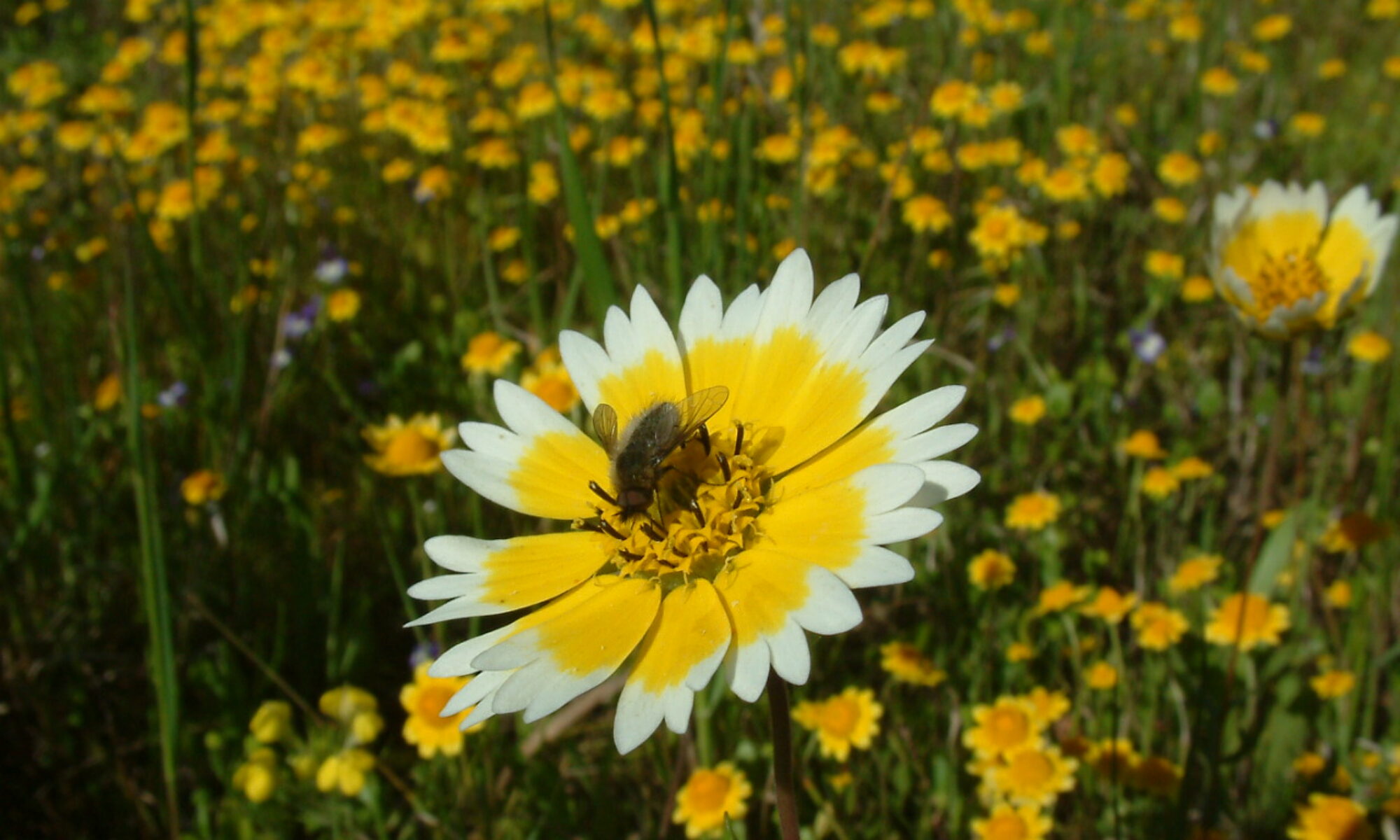My main research goal is to understand the evolutionary and ecological processes driving the success of plants in a changing climate, especially under highly variable conditions. To understand these processes we need to first evaluate if wild plant species have the adaptive potential to withstand variable and extreme climate conditions; and then evaluate alternative strategies evolved by the species in response to climate variability (e.g. seed dormancy) that can confer the long-term persistence of a population. My current research interest focuses on different eco-evolutionary factors affecting a plant species’ persistence in the face of climate change: 1) adaptive capacity, 2) phenotypic plasticity in response to extreme climate events (e.g. El Niño southern oscillation patterns), 3) the influence of seed and pollen dispersal in the distribution of genetic variation across the species range, and 4) seed germination and dormancy patterns in response to variable conditions.
1. Adaptive potential in response to extreme climate events
A species’ evolutionary potential to respond to climate change depends on the amount of genetic variance and its distribution among and within populations. Since historical processes, such as founder effects, genetic drift, selection and gene flow, influence the genetic variance in each population differently, which will determine the overall species potential for adaptive evolution.
Thus, it is crucial to estimate the evolutionary potential of each population and the main local factors shaping this potential. Particularly, in species with patchy habitats and/or restricted dispersal potential because they will be least likely to track their optimal climate conditions through dispersal and their population’s persistence will depend on their potential to adapt in situ to novel climate regimes. I am currently, interested in estimating the adaptive of potential (i.e additive genetic variation in fitness) of natural populations in response to extreme climate events and the local and ecological factors driving their adaptation rate. During my dissertation I estimated the additive genetic variance in fitness (seed production), flowering time, and in traits related with water management (e.g. root length and specific leaf area) for three populations undergoing different local precipitation conditions in the vernal pool endemic plant Lasthenia fremontii. I achieved this by submitting paternal-half sibs (a quantitative genetic design) from each population to three simulated rainfall conditions that in accordance with the hydrological modeling of vernal pools could resemble extreme events of El Niño, La Niña, and normal years.
2. Expression of adaptive phenotypic plasticity in response to extreme climate events
In heterogeneous and variable environments, phenotypic plasticity is a strategy that can solve the need for adaptation. However, given the appropriate genetic variability, plastic changes in response to the environment can evolve and become adaptive in populations submitted to extreme environmental changes. Following the experimental design previously mentioned and using statistical quantitative genetic approaches, I am currently evaluating the relative contributions of phenotypic plasticity in shaping the response of L. fremontii to different hydrological extremes and if there is additive genetic variation in plasticity within populations for these responses.
3. Gene flow by pollen and seed movement: implications for climate change
In angiosperms, gene flow occurs through seed dispersal and pollen movement, and these processes can have different consequences for the migrating genes and genotypic variance in climate-related traits. We analyzed the distribution of genetic variation and patterns of seed versus pollen gene flow among populations across the range of L. fremontii using nuclear and chloroplast single nucleotide polymorphisms obtained through restriction site associated DNA sequencing (RADseq) and chloroplast genome sequencing. This project was funded by an NFS Dissertation Improvement Grant. Following my interest on the influence of dispersal patterns in shaping the genetic variation of natural plant populations I am now working in collaboration with Dr. Jordan Karuabian at Tulane University in estimating the fine-scale spatial genetic structure of the tropical palm species Oenocarphus batua. To see more about this project see Dr. Karubian’s webpage: http://karubian.tulane.edu/
4. Spatiotemporal variation in seed dormancy and germination time
In terms of the germination stage, studies have shown that delayed germination can be a phenotypically plastic response that is adaptive in variable environments. Yet, few studies have examined the implications of germination responses in the evolutionary potential of plants for responding to climate change. I evaluated if variation in germination timing exists in L. fremontii, by comparing the timing and fraction of germination in response to alternative hydrological conditions among six populations that collectively span the geographic range of L. fremontii. We varied the amount and timing of water available during the germination period by subjecting seeds to saturated and flooded conditions.




































